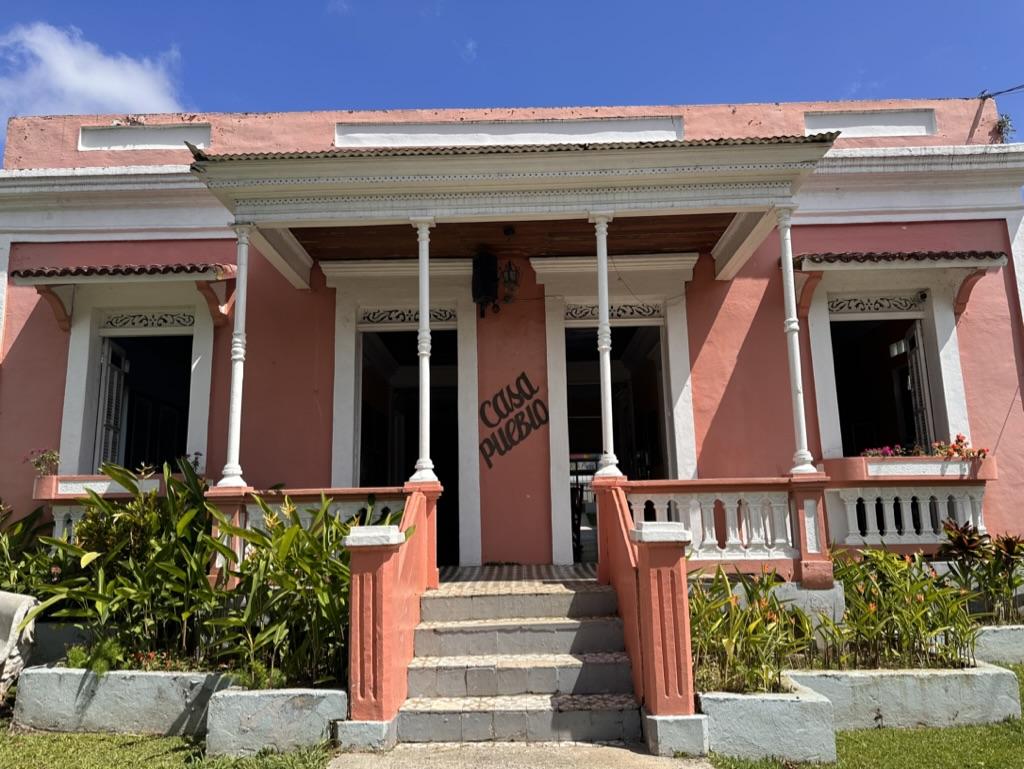Yale Climate Connections readers in Puerto Rico are taking action to protect themselves from the island’s frequent blackouts.
“Puerto Rico, although it doesn’t seem like it, is prepared to withstand blackouts; it’s the daily life that Puerto Ricans have become accustomed to because of the promises of politicians who come to power,” one resident told us in response to our questionnaire about how readers take care of themselves during blackouts.
“Before coming to power, they [politicians] oppose the current administration and make Puerto Ricans believe they are on their side when, in reality, they just take advantage of the situation. But most Puerto Ricans are already so prepared with solar panel systems that they exceed 120,000 residences, plus hospitals, shopping centers, and pharmaceutical companies are also implementing them,” a reader wrote.
Dangerous heat
2023 was the third-hottest year that Puerto Rico has experienced, and it is possible that 2024 will be the hottest on record. This heat puts an increased strain on the faulty electric grid that is on the island. With a population that needs air conditioning to stay cool and an aging population that needs medication that often requires refrigeration, the situation is becoming increasingly precarious.
For years, the archipelago of Puerto Rico has experienced blackouts due to a damaged and poorly managed electrical grid, as well as frequent storms and hurricanes. In July 2024, San Juan, the capital of Puerto Rico, experienced heat that was five times more likely due to human-caused climate change, according to the Climate Shift Index, a tool developed by Climate Central, a nonprofit research organization. Having access to air conditioning has become not just a luxurious comfort but a necessity, although many schools and homes still do not have it.
Electricity prices continue to rise
Meanwhile, the price of electricity continues to rise, making it hard for some people to pay their electric bills. The old power plants, which rely on fossil fuels, have not been replaced quickly by renewable energy sources, and it seems that the government lacks interest in accelerating this change.
Currently, 12% of the electricity that runs through the grid comes from rooftops of homes and businesses, thanks to subsidies, community-led programs, and net metering, a program that allows households with solar panels to receive credit on their bills for the excess energy they put back into the grid. However, solar systems are still costly, and not everyone can afford up to $30,000 for a complete system with batteries.
“I’m aware that it’s necessary to buy a solar system for my home,” one resident wrote to us. “But the currently available companies (Power Solar, WindMar) offer monthly payments that are much more expensive than the electricity bill, so we continue with LUMA (the private electricity provider in PR), even though it lets us down frequently. It should be less to be an option.”
Residents without solar panels ensure they have enough gas for their generators. One wrote to us that before a storm or blackout danger, she has “a chat [on WhatsApp] among neighbors for community needs,” making sure that everyone is OK.
A resident of San Lorenzo in the southeast area of the main island told us, “I made sure to put a solar system (battery and solar panels) in [the home of] my parents.” He continued, explaining that during a prolonged blackout, he stays with his parents. “If it’s short, I stay in my apartment since I have a solar generator.”
He also explained, “For food and medication, I bought my parents a small freezer that doesn’t consume too much electricity. In my case, I would have to resort to buying bags of ice if I wanted to keep meats and medications viable that need to be at a certain temperature.”
Other residents have bought electric generators.
“I fill Ziploc bags with water and freeze them. This ice helps keep items in my fridge cold. I also buy food that needs refrigeration for a week. I have a generator and [that] keeps it cold.”
Another threat from the frequent blackouts is mosquitoes. For residents without generators or solar panels, the only option is to open windows and doors to create air circulation, allowing mosquitoes to enter. In recent years, there has been an increase in mosquito-borne diseases like dengue, Zika, and chikungunya. Additionally, rising temperatures favor the spread of mosquitoes.
“I have flashlights, batteries, beach coolers for water, and food. I have a gas stove to heat food. I have a mosquito net for the bed and citronella for the house to fight mosquitoes. I have a battery-operated fan and a rosary to pray for the electric service to return soon,” another resident wrote.
Perhaps one of the most striking comments was this:
“We must include in our preparation plans, be it for a hurricane or a blackout, the fact that our living scenario is different now. We have a deteriorated electrical system, and we have to depend on ourselves or relatives. It’s no longer about thinking, ‘The power will be back soon.’”
Hopefully, in the future, the resident with the rosary won’t have to pray for the power to return.
We help millions of people understand climate change and what to do about it. Help us reach even more people like you.
Source link


